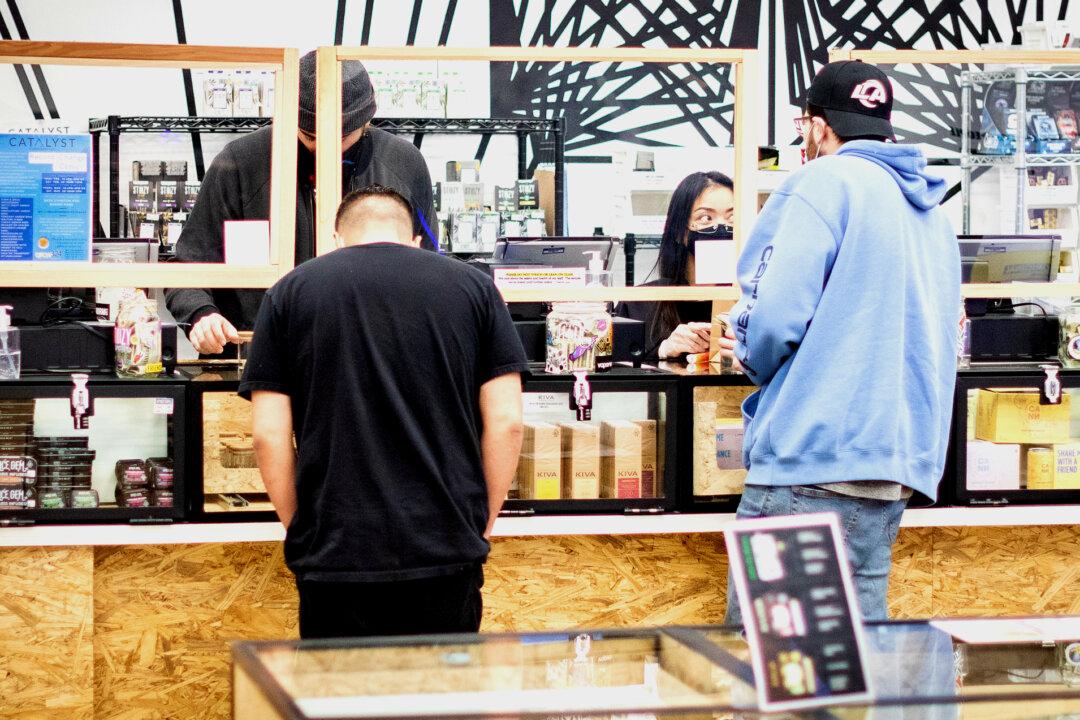SANTA ANA, Calif.—As cities in Orange County, California, continue to debate allowing retail cannabis, proponents argue that legal dispensaries will help drive out black market operations. But while that might be the case in some cities, the reality is much more complex.
Elliot Lewis, founder and CEO of Catalyst Cannabis Co. in Santa Ana, said the tension between the two markets creates a conundrum with no clear solution.





